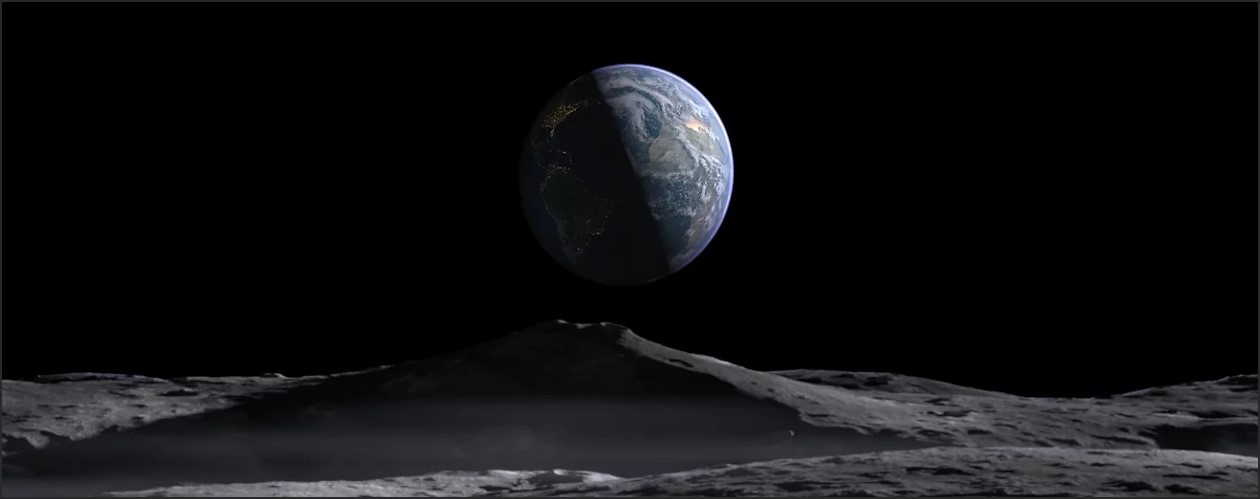
Lonestar Data Holdings, based in St. Petersburg, Fla., is closing $5 million in seed funding toward its goal of creating the ultimate in data-storage disaster recovery — with server farms located in lava tubes on the Moon.
The company has signed contracts to launch prototype demonstrations of its capabilities aboard lunar landers by the end of 2022. Lonestar will run a software-only test, storing a small big of data on an Intuitive Machines lander under NASA’s Commercial Lunar Payload Services program. The mission is expected to last one lunar day, or two Earth weeks.
A second launch scheduled for 2023 will send an Intuitive Machines lander to the Moon’s South Pole to drill for ice. Included in the package will be Lonestar’s first hardware prototype: a one-kilogram storage device, the size of a hardback novel, with 16 terabytes of storage, reports The Register. more “Data Centers in Lava Tubes — an Economic Driver for the Moon?”



